Project News
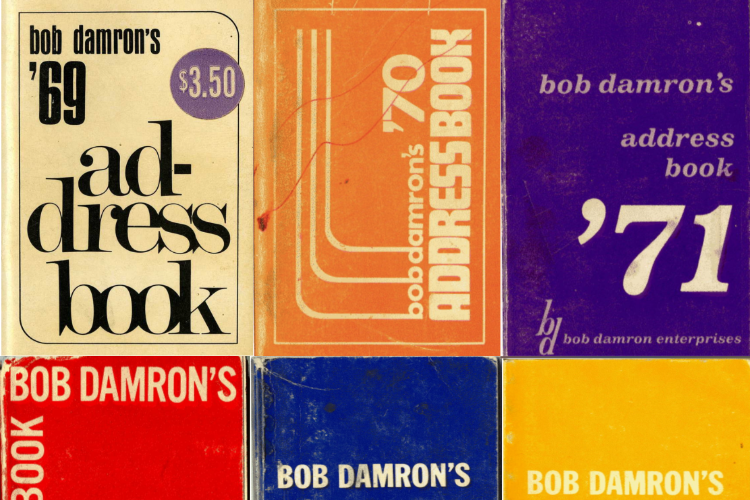
MGG appears in Ithaka S+R Humanities Data Sharing Report
By associating geographical coordinates with each location mentioned within the Damron Guides, MGG provides an interface for visualizing the growth of queer spaces between 1965 and 1980 (eventually 2000).
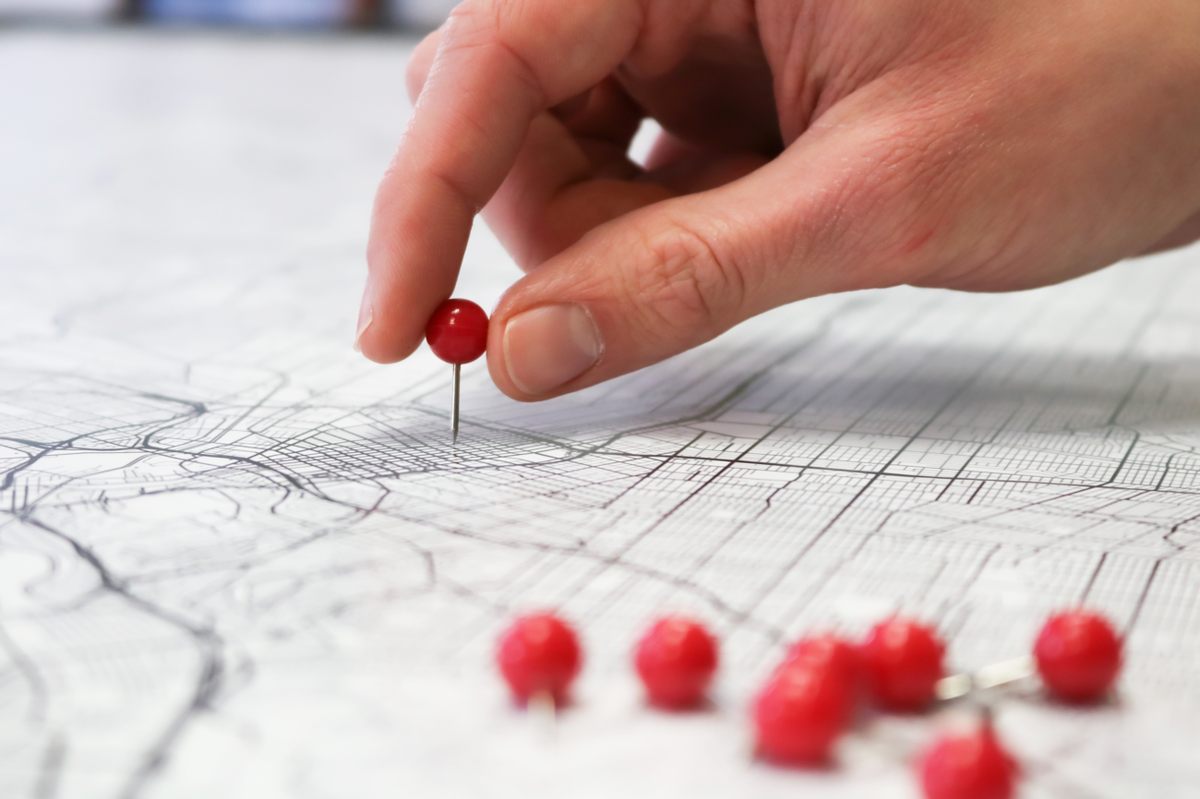
MGG on the Atlas Obscura Podcast
In this episode of the Altas Obscura Podcast, we learn about how, for decades, a one-of-a-kind travel guide opened up the world for gay travelers. Today, historians are using them to create an interactive map of LGBTQIA+ spaces in midcentury America.
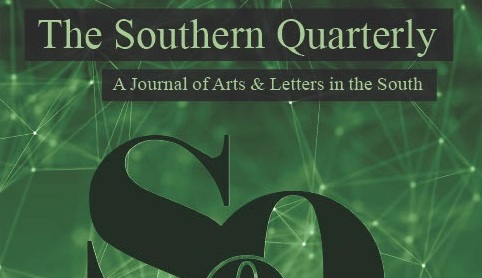
Regan and Gonzaba publish 'Mapping the New Gay South: Queer Space and Southern Life, 1965-1980' in The Southern Quarterly
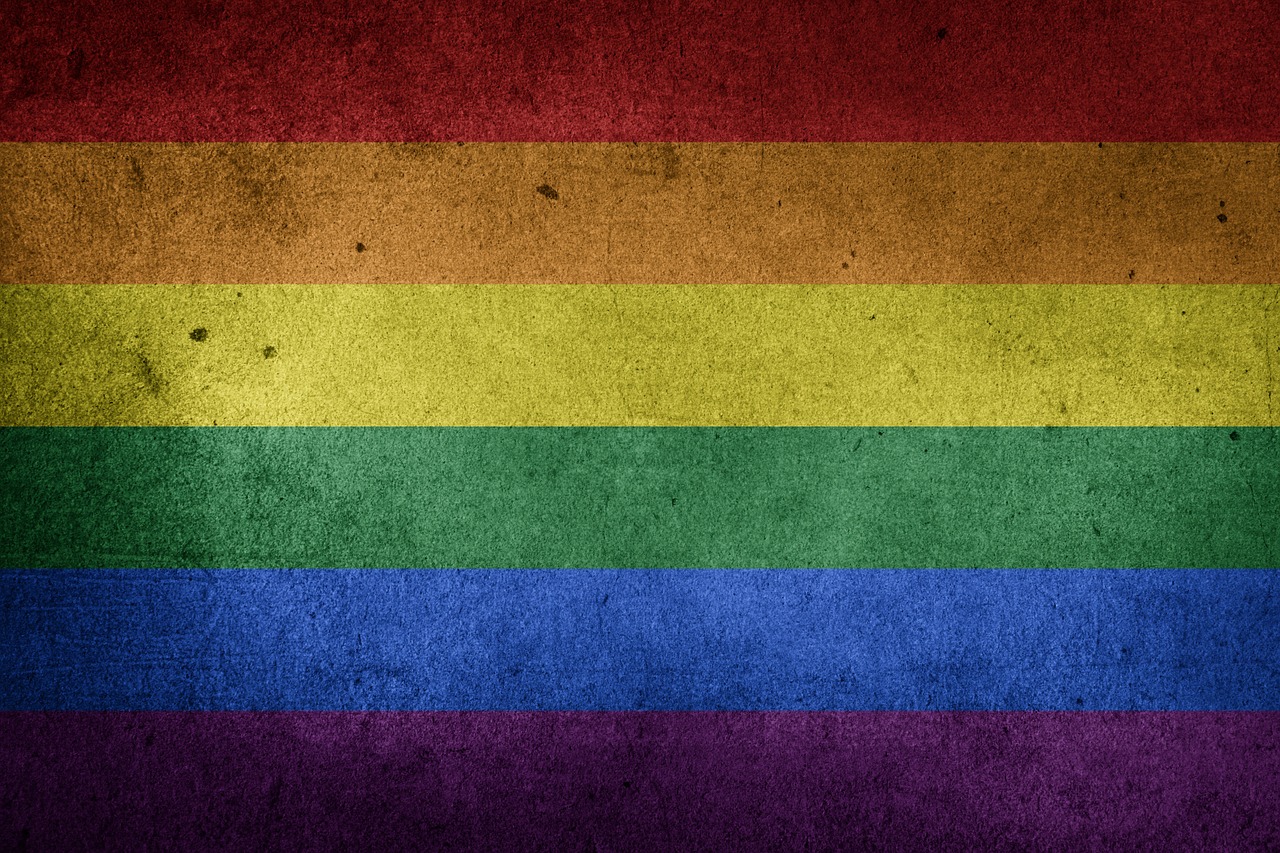
MGG Launches New Data and a Redeveloped Mapping Visualization
MGG is excited to release a new map and new data from 1981-1985. This data adds another 25k+ locations to MGG!

Preserving and empowering LGBTQ+ lives with maps
For LGBTQIA+ people, location data and maps are often less about taking them where they want to go, and more about telling them where they can go. Apart from pointing out safe spaces and those they must avoid; maps also serve as proofs of existence …
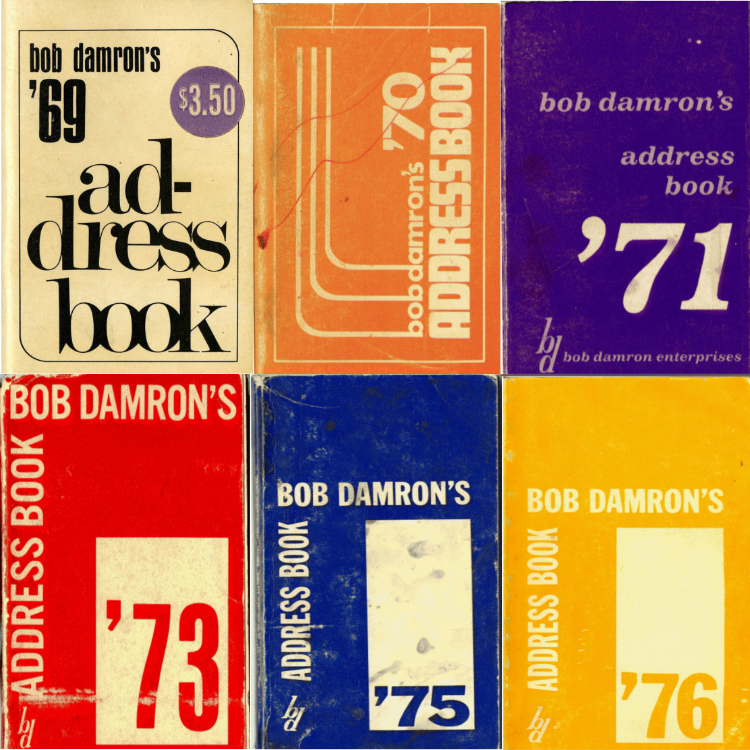
Podcast: These Maps Once Showed Where Being Gay Was Safe
In this episode of the podcast, Next City Executive Director Lucas Grindley talks with the historians about the underappreciated realities that were meticulously recorded within the pages of The Damon Guide, which included addresses for nightclubs, …
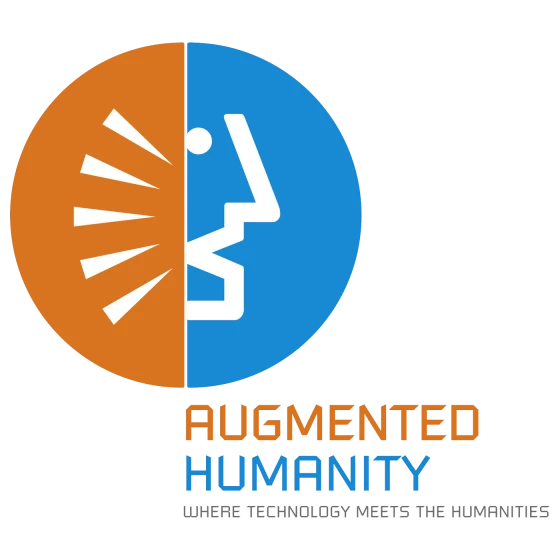
MGG on the Augmented Humanity Podcast
On this program we’re joined by Dr. Amanda Regan and Dr. Eric Gonzaba, co-creators of the NEH-funded digital history project Mapping the Gay Guides.
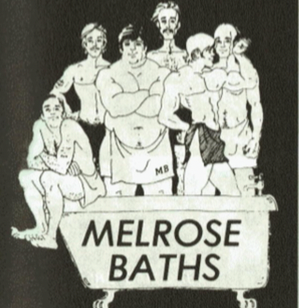
Mapping Out Resistance
Sierra Rivera, a MA student a Cal State Fullerton, reflects on her experience working on Mapping the Gay Guides in Spring 2022.
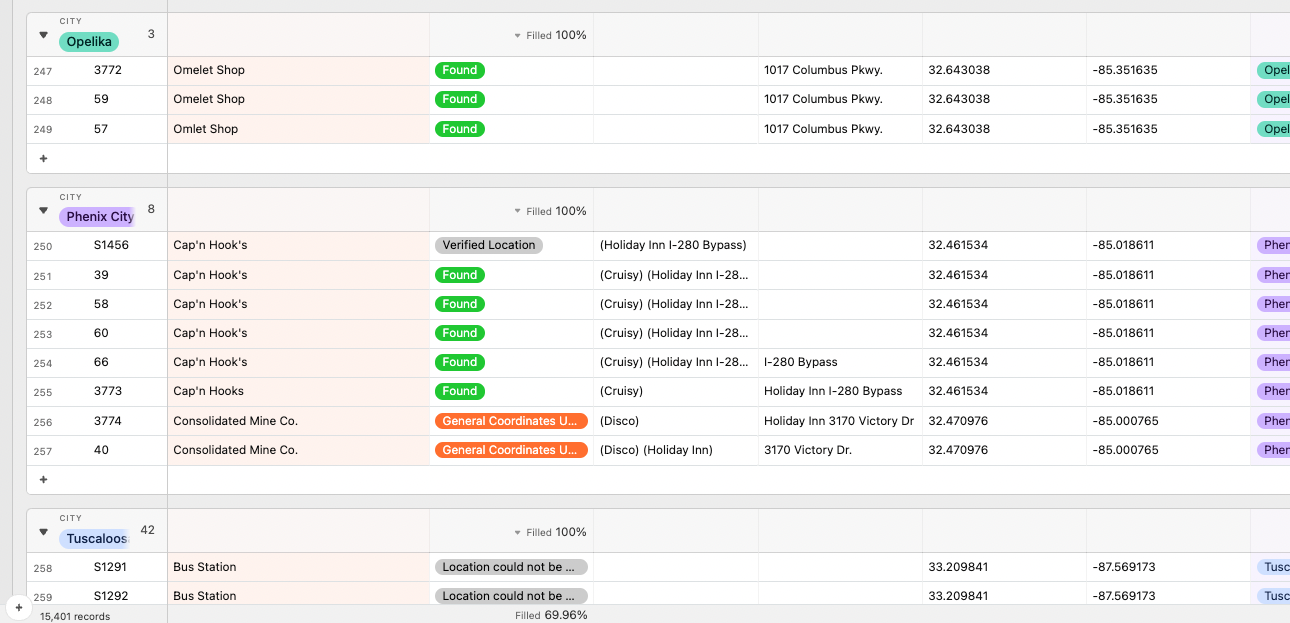
My Year Working on Mapping the Gay Guides
Dominick Bucca, a graduate student in the History MA program at Clemson University, reflects on their experience working on Mapping the Gay Guides during the 2021-2022 year.
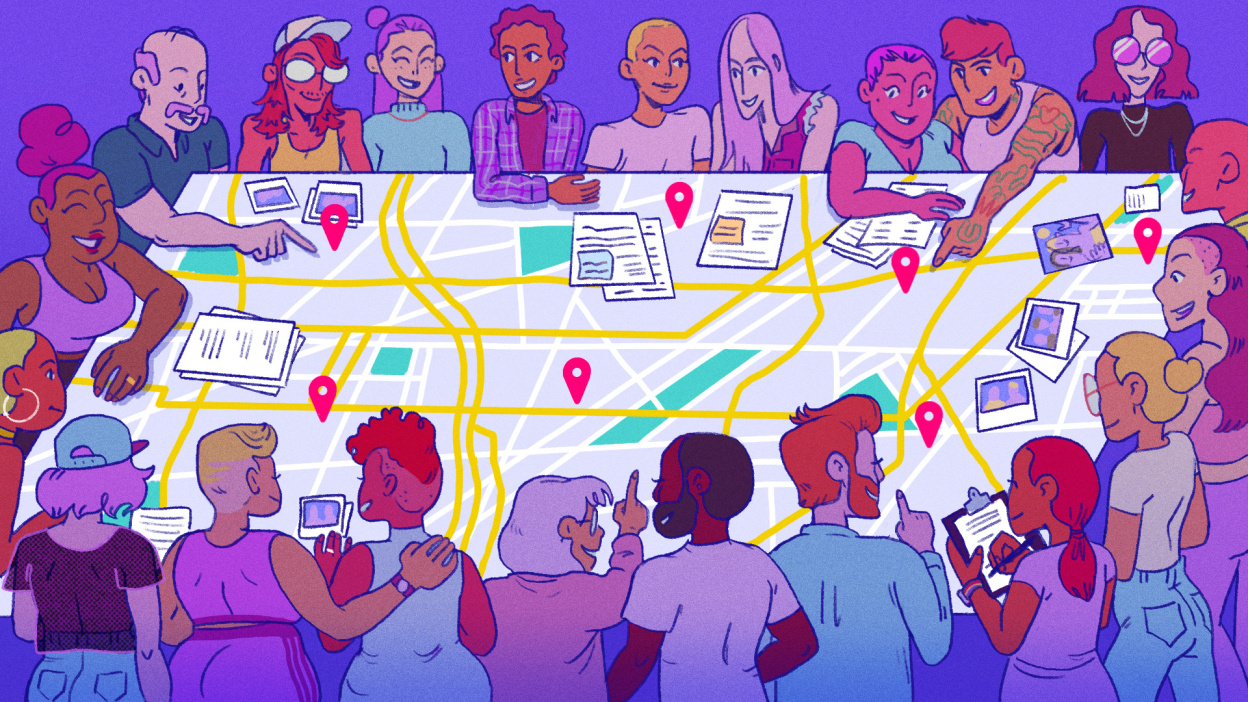
LGBTQ spaces are needed now more than ever. Here’s what people mapping them have to say.
Mapping the Gay Guides is a historical database and mapping of LGBTQ spaces based on the midcentury gay-friendly travel guides created by Bob Damron, a businessman who kept track of his experiences as a gay man traveling around the United States from …
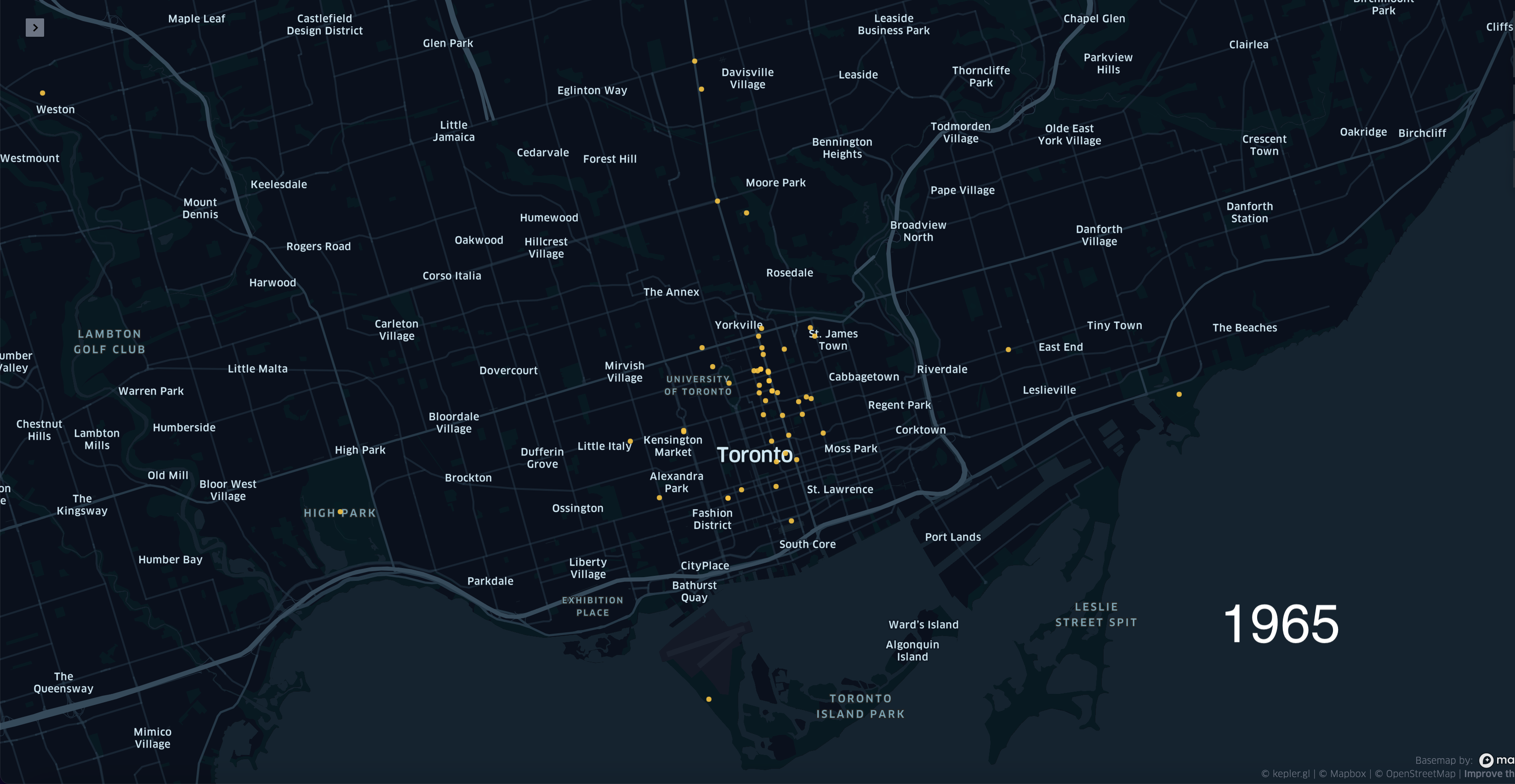
My Semester Working on Mapping the Gay Guides
Jillian Dillard, a senior history major at Clemson University, reflects on her experience working on Mapping the Gay Guides in Spring 2022.
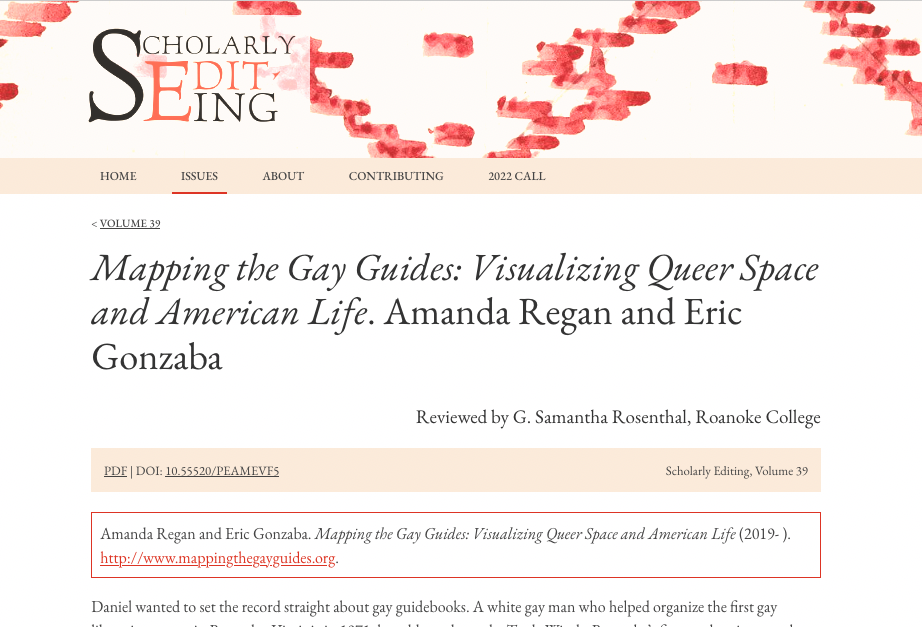
Mapping the Gay Guides Reviewed in Scholarly Editing
This story is masterfully told on a larger scale by Amanda Regan and Eric Gonzaba in their new interactive digital history website, Mapping the Gay Guides: Visualizing Queer Space and American Life. The Mapping the Gay Guides project focuses on one …
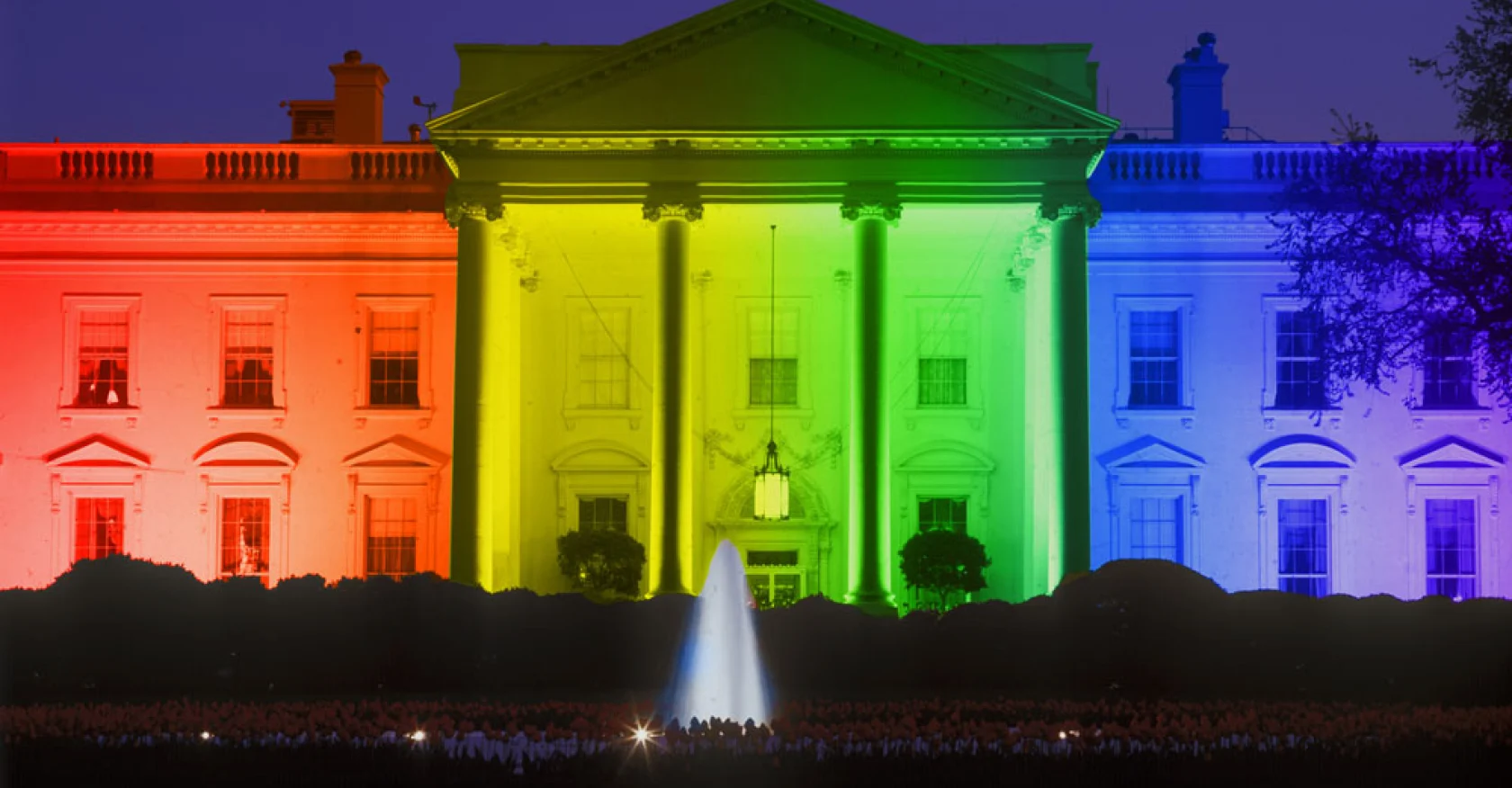
Queer History Is Still Being Made in Washington, D.C.
Washington became a vital player in the history of gay rights, ground zero for landmark Supreme Court decisions, massive demonstrations, and the site of the most famous display of the 1.3 million-square-foot AIDS Memorial Quilt, among other …
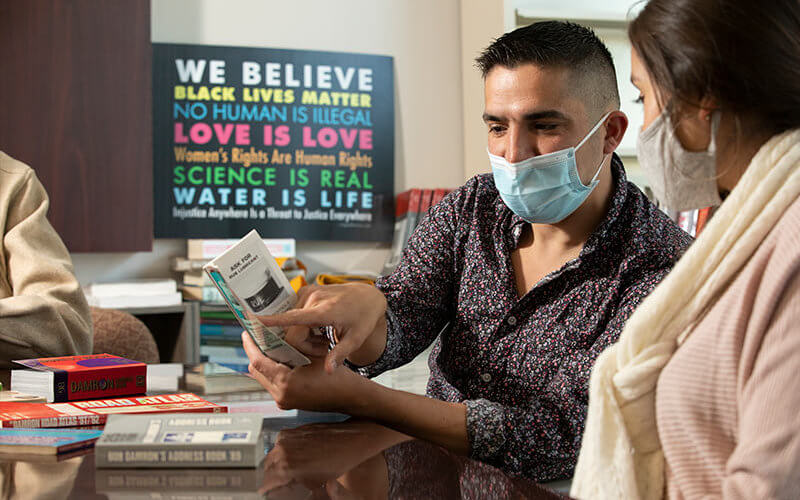
National Grant to Add Over 116,000 LGBTQ Spaces to Mapping Project
The project earlier this year garnered a nearly $350,000 grant from the National Endowment for the Humanities. The researchers will use the award to hire graduate students through 2024 and add at least 116,000 new Damron listings.
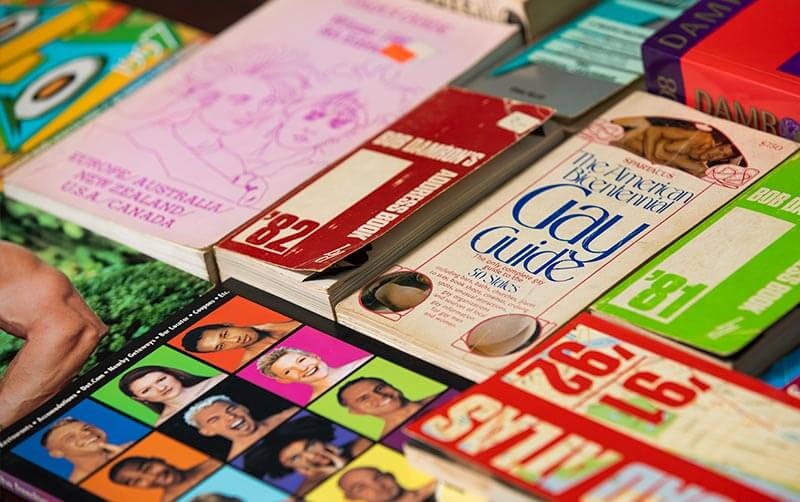
Mapping the Gay Guides preserves LGBTQ history through online map
The books were created by a businessman to help LGBTQ travelers find safe spaces nationwide to be themselves. By the '70s, Frederick’s Media Arts company was asked to create advertisements and graphics inside the books.
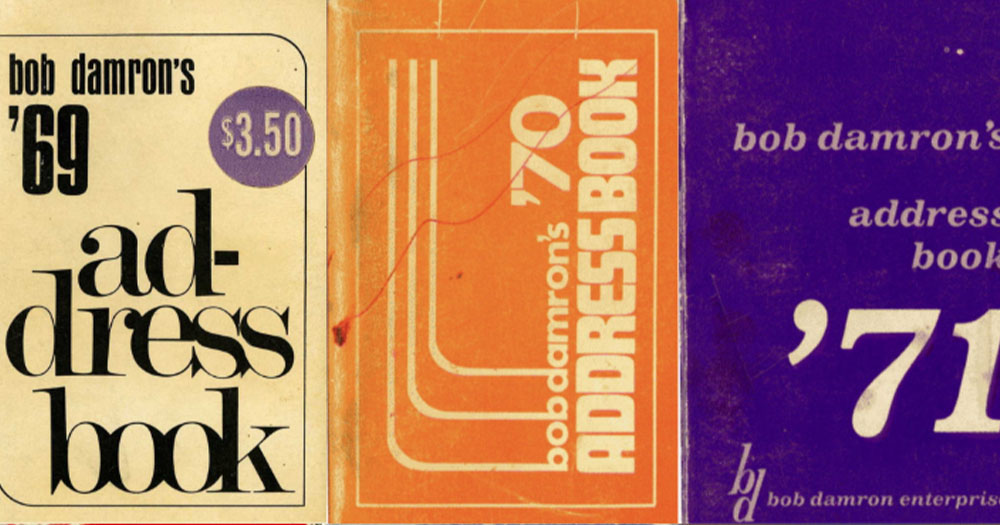
Classic gay travel guides written during less welcoming times to go online
In another time and place, traveling businessman, Bob Damron, created an unusual address book. As a gay man from San Francisco, he kept track of his travels to other parts of the US between 1965 and 1980. And thanks to a pair of historians, these gay …
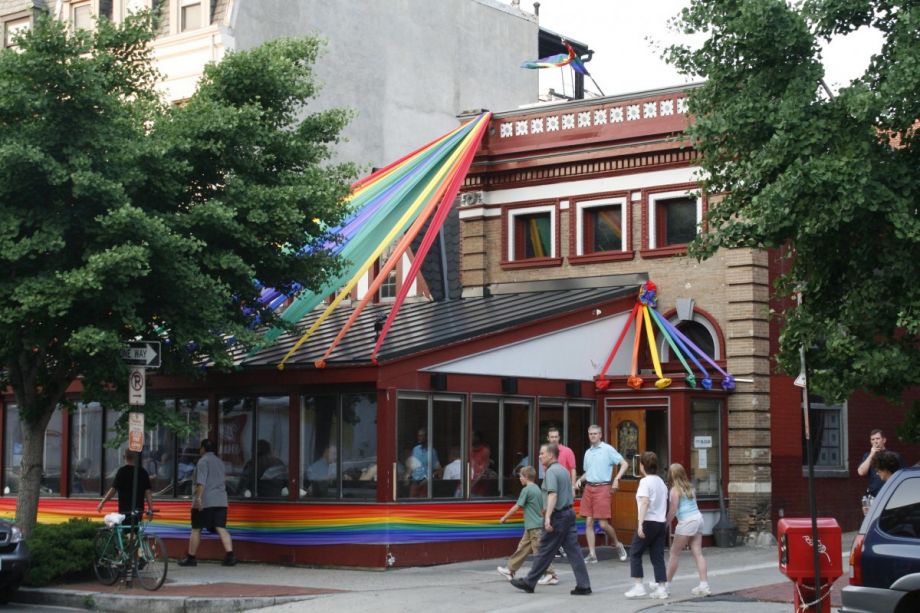
A New Project Is Bringing the Gay ‘Green Book’ Online
New technologies also have the power to make hidden histories more accessible and give people who have traditionally been excluded from the academy opportunities to participate in the preservation of their histories in new and lasting ways.
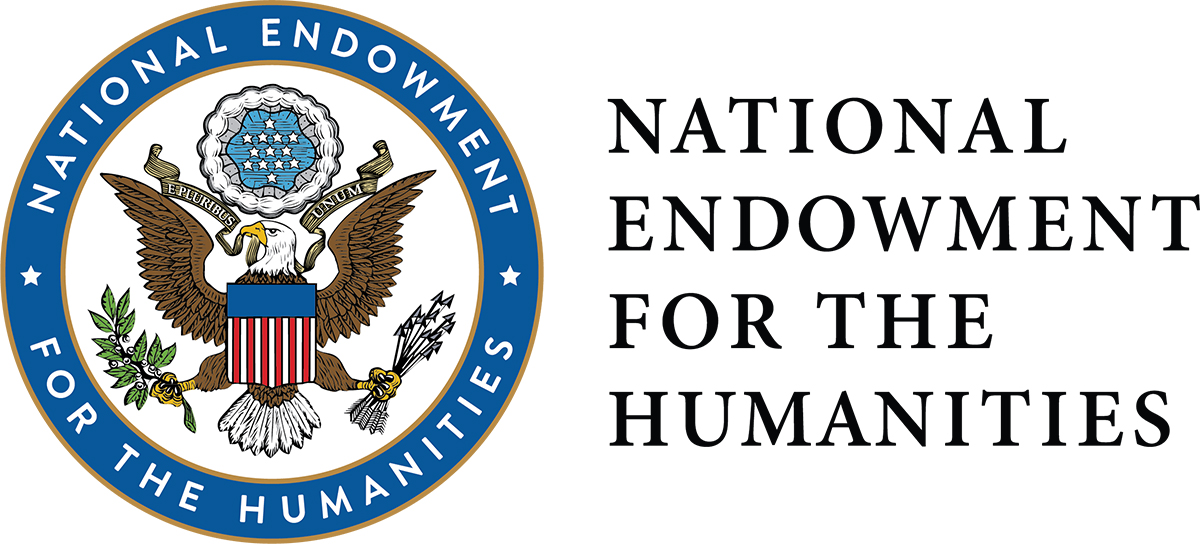
MGG to expand with support of NEH
The Mapping the Gay Guides team is pleased to announce that we have received a three-year grant from the National Endowment for the Humanities to support the expansion of the project.
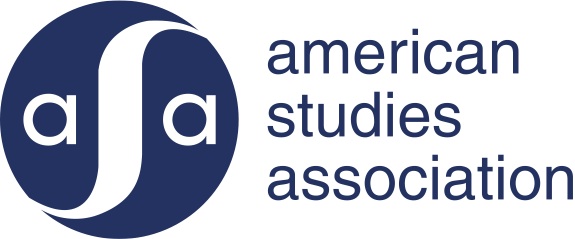
MGG named Honorable Mention for 2020 Garfinkel Prize in Digital Humanities
The Garfinkel Prize in Digital Humanities is an award that honors caucus founder Susan Garfinkel for her longstanding service to the caucus and her commitment to an inclusive, interdisciplinary, welcoming Digital Humanities. The annual award will …

MGG wins 2021 Emerging Open Scholarship Award
The award recognizes open scholarship that incorporates open access, open data, open education, and other related movements that have the potential to make scholarly work more efficient, more accessible, and more usable by those within and beyond the …

We Are Everywhere. The Bob Damron Address Books were a lifeline for gay travelers in the 1960s and 70s.
Amidst this anxiety, a new digital humanities project from historians Eric Gonzaba and Amanda Regan has been a major bright spot. Mapping the Gay Guides is an online exhibition that shows the growth of queer spaces for “community, pleasure, and …
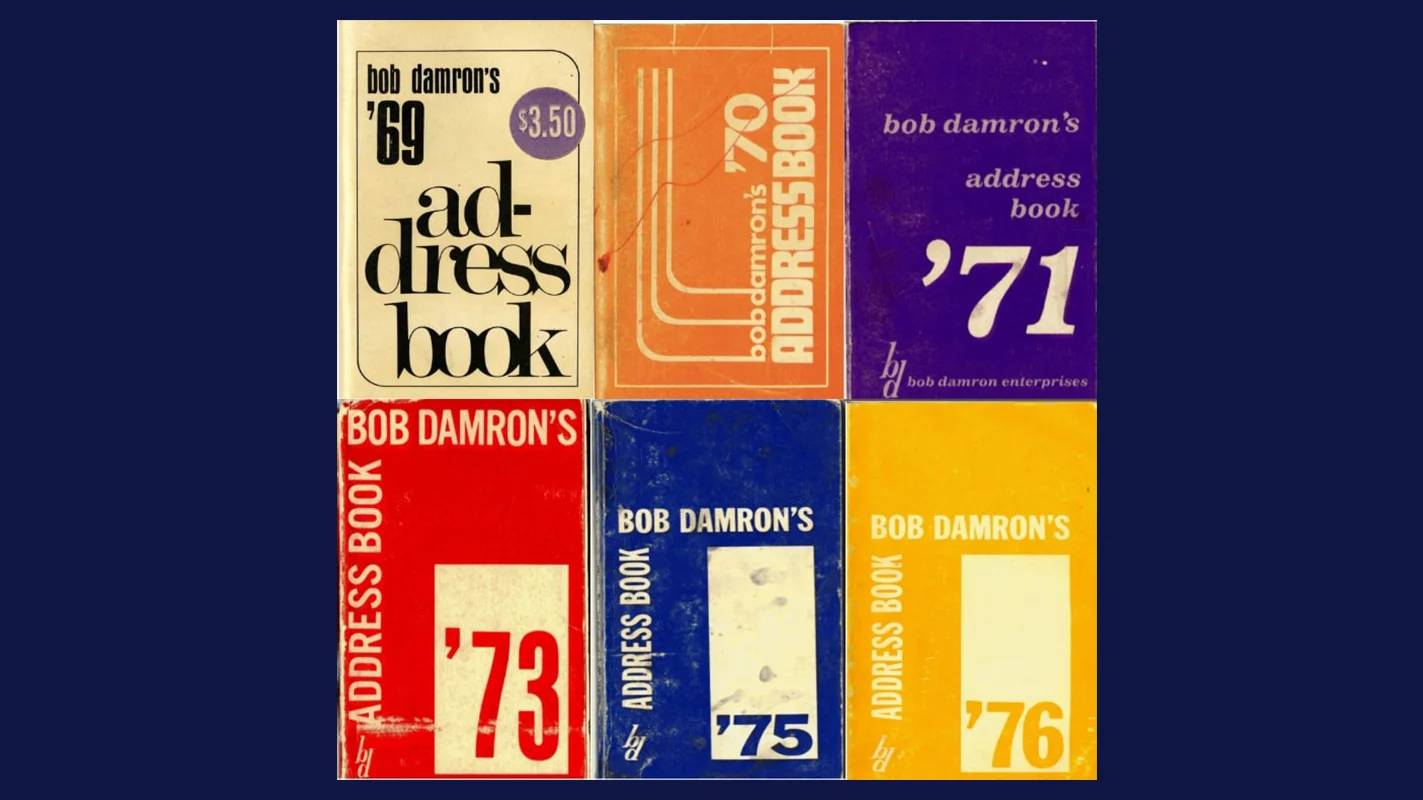
This New Map Is Digitizing LGBTQ+ Travel Guides from the '60s and Beyond
Historian Eric Gonzaba’s college students aren’t familiar with the concept of a physical guide book. Their world is a digital one, where cell phones contain infinite travel guides.
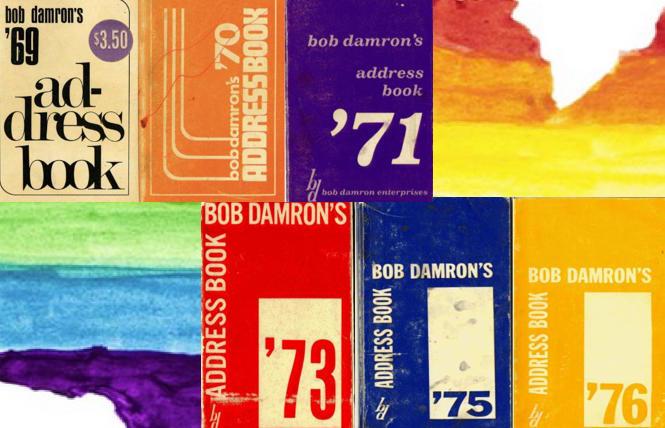
Mapping the Gay Guides Project highlights historic queer spaces
Years ago —no, decades ago— if you couldn't find a local gay newspaper to browse along your travels, the Damron Guides provided the most up-to-date addresses, phone numbers and information on bars, cafes, bookstores, bath houses and cruisy spots …
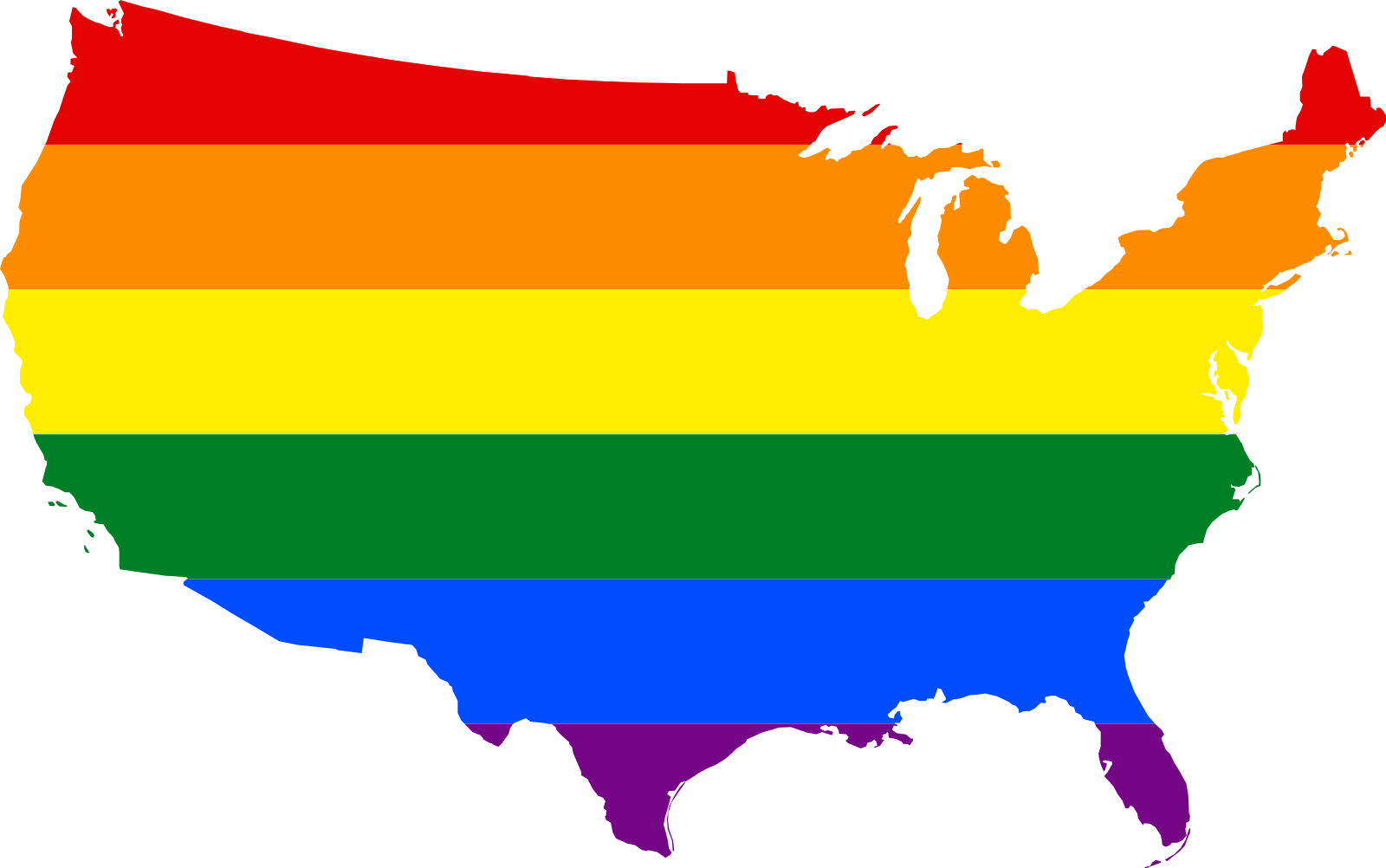
Mapping the Gay Guides project plots queer spaces, launches digital map
When Eric Gonzaba travels across the United States, he often wonders about the history of the places he passes through — specifically, their queer history.

Titan Voice: Student finds community, pride in project mapping historical gay friendly spots
Five minutes. I waited only five minutes after reading the spring 2020 announcement to apply for the opportunity to work as a graduate research assistant with Eric Gonzaba, assistant professor of American Studies, on his grant-funded project Mapping …
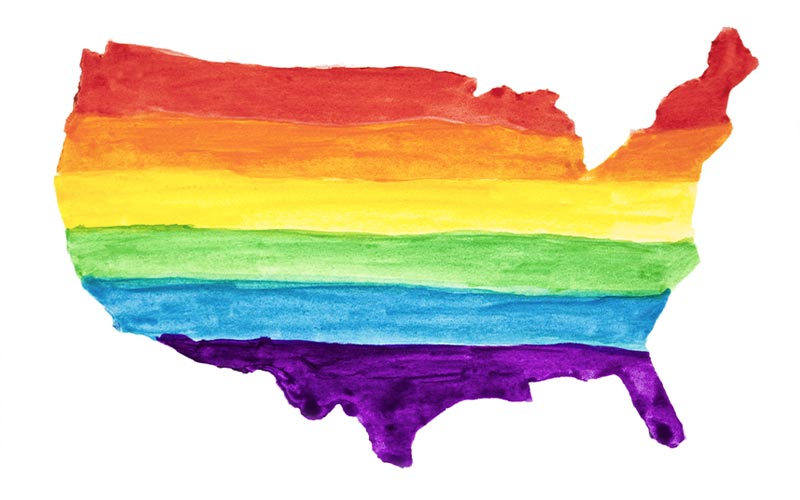
Visualizing Queer Space in America Mapping the Gay Guides Project Plots Historical Spaces on a Digital Map
When Eric Gonzaba travels across the United States, he often wonders about the history of the places he passes through — specifically, their queer history.
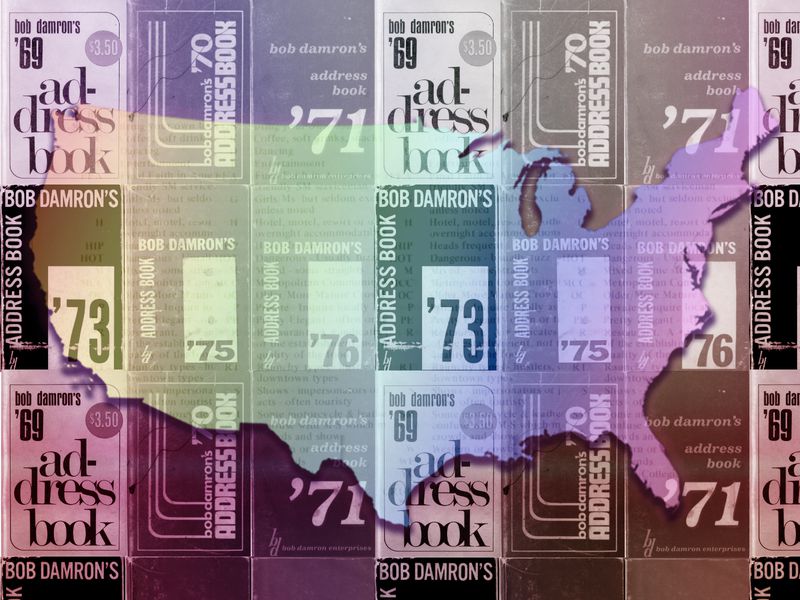
This Interactive Map Visualizes the Queer Geography of 20th-Century America
At first glance, Bob Damron’s Address Book reads like any other travel guide. Bars, restaurants, hotels and businesses are grouped by city and state, their names and addresses listed in alphabetical order...

Announcing the Launch of Mapping the Gay Guides!
Today we’re excited to officially launch the first phase of Mapping the Gay Guides, a digital history mapping project that aims to understand ignored queer geographies using the Damron Address Books.